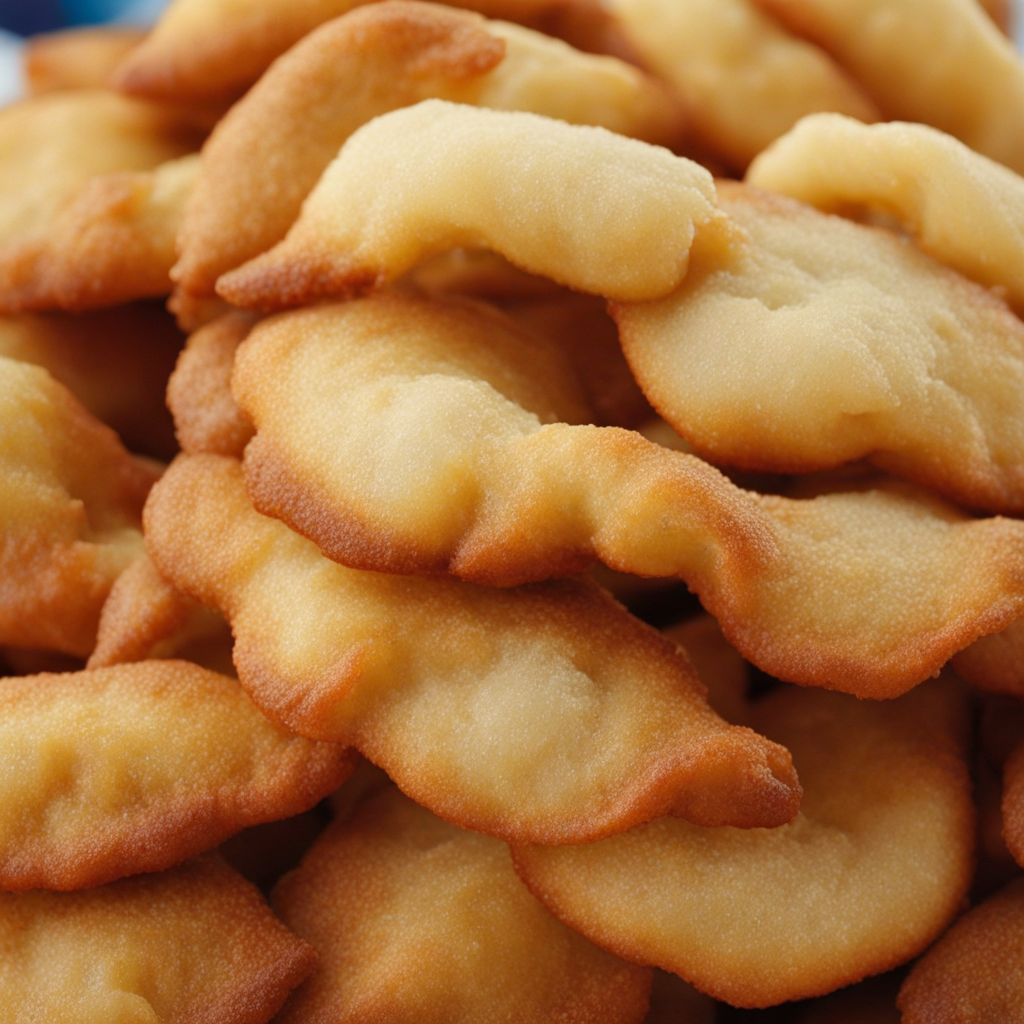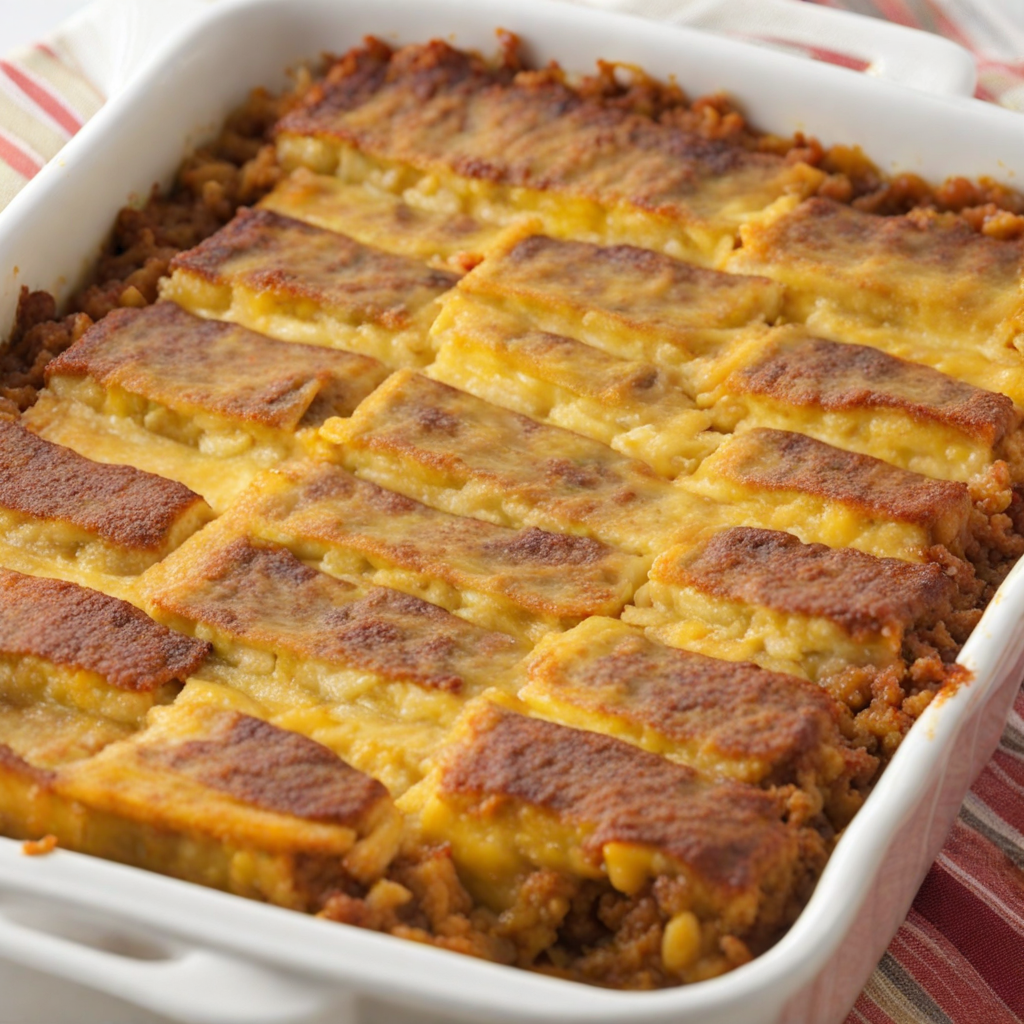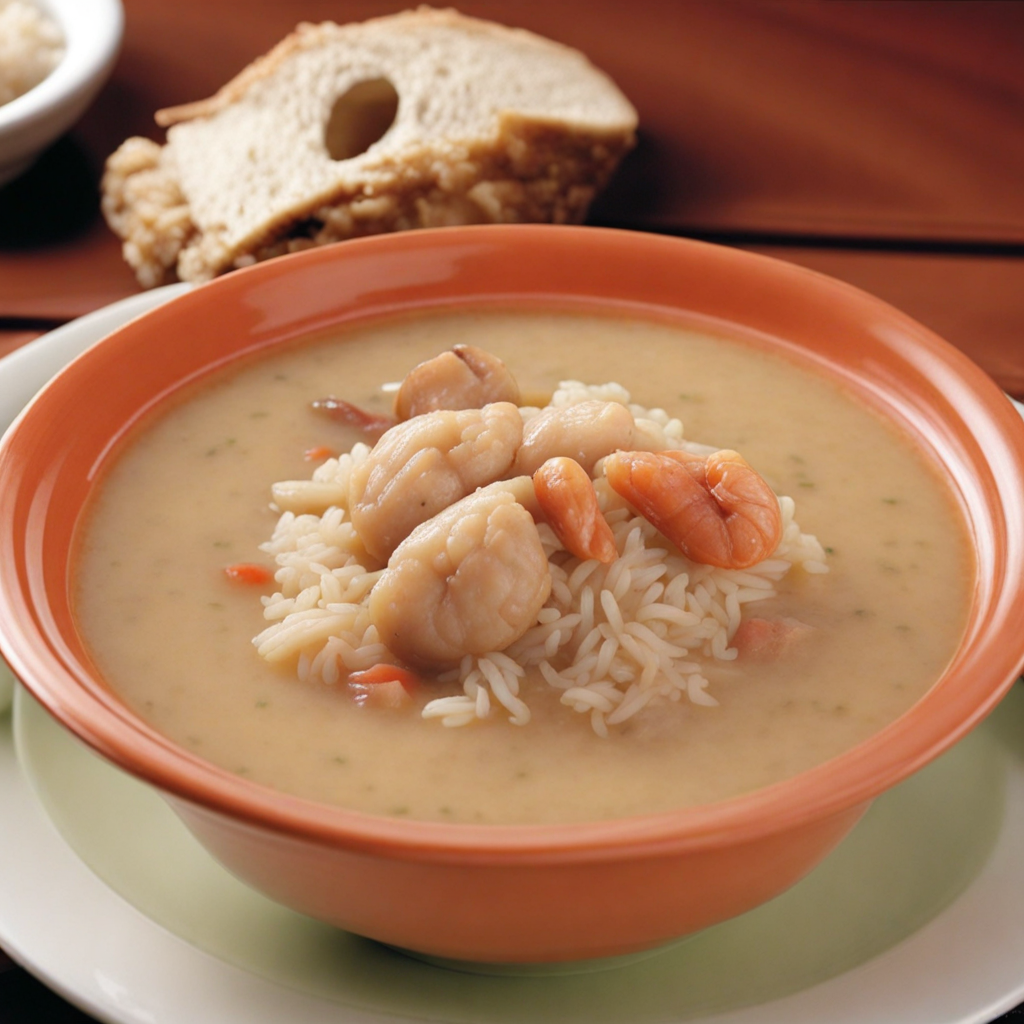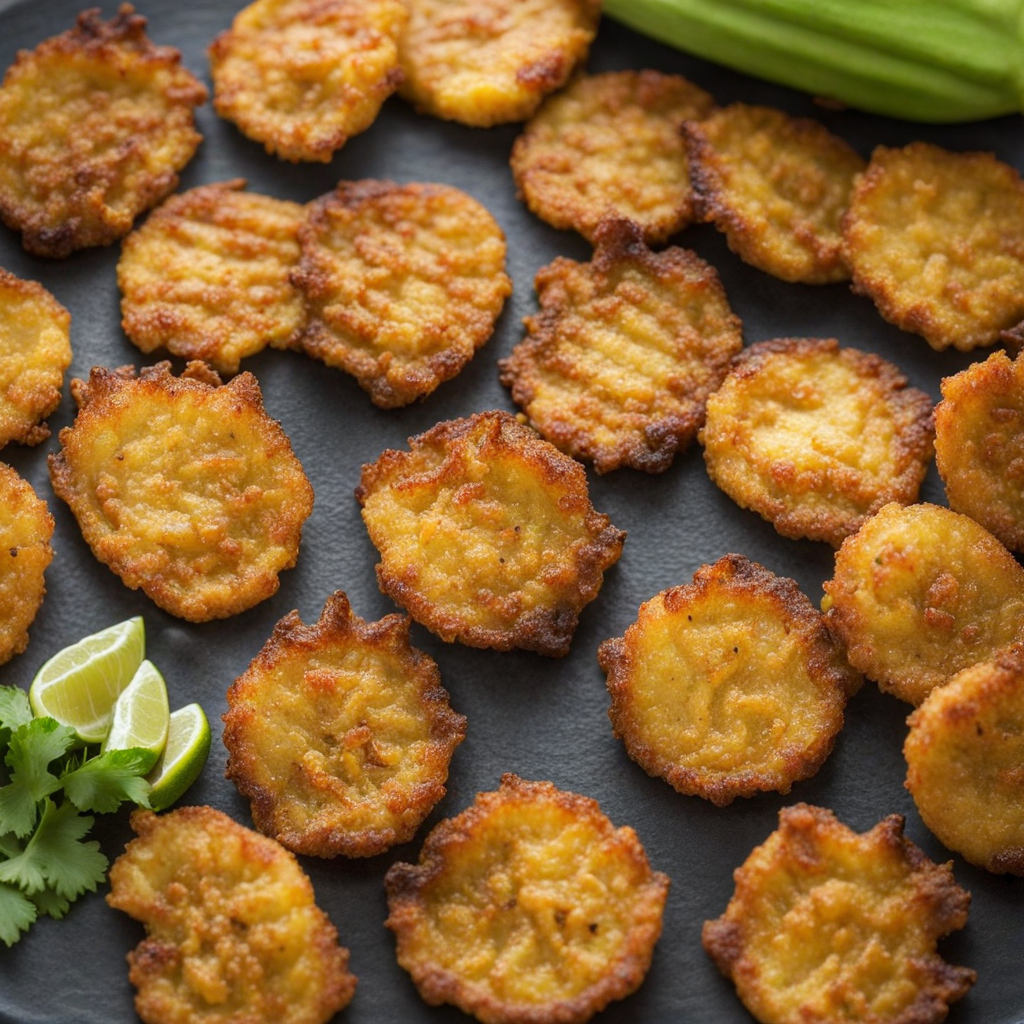Yaniqueque
Yaniqueque is a delightful and crispy snack hailing from the Dominican Republic, often enjoyed as a street food staple. These thin, fried tortillas are made primarily from corn flour, which gives them a unique texture that's both crunchy and slightly chewy. They are typically shaped into round discs and fried to a golden perfection, making them irresistibly tasty. The simplicity of the ingredients allows for a pure and comforting flavor, often enhanced by a sprinkle of salt after frying, which brings out the natural corn sweetness. Traditionally, Yaniqueque is served with a variety of dipping sauces, making it a versatile choice for snacking or as an appetizer. Many locals enjoy pairing them with a tangy dipping sauce, such as a spicy mayo or a flavorful salsa, which adds an exciting twist to the dish. The contrast of the crispy exterior with the creamy or zesty dips creates a delightful flavor profile that keeps you coming back for more. Additionally, they can be topped with fresh ingredients like avocado, cheese, or even a bit of guacamole, allowing for a personalized touch to each serving. Yaniqueque is not only a taste experience but also a cultural one, often found in bustling markets and beachside stalls across the Dominican Republic. Eating Yaniqueque evokes a sense of community and joy, as it's frequently shared among friends and family during gatherings. With every bite, you’re not just savoring a delicious snack; you’re also indulging in a piece of Dominican heritage that celebrates the island's vibrant culinary traditions.
How It Became This Dish
The History of Yaniqueque: A Culinary Jewel of the Dominican Republic Origins and Early History Yaniqueque, a beloved Dominican snack, has its roots in the rich tapestry of Caribbean cuisine, weaving together influences from indigenous Taíno culture, European colonization, and African heritage. The exact origins of yaniqueque are somewhat obscured by time, but it is believed to have evolved from simple fried dough recipes introduced by the Taíno people, who were the island's original inhabitants. These early inhabitants utilized local ingredients such as cassava and corn, forming the basis of many traditional dishes. As the Dominican Republic evolved through colonization, the introduction of wheat flour by Spanish settlers began to transform local culinary practices. The fusion of indigenous techniques and European ingredients led to the creation of various fried dough snacks, among which yaniqueque emerged as a distinct and cherished item. The name "yaniqueque" itself is thought to derive from the Taíno word for "fry," reflecting its fried nature and connection to the island's culinary heritage. Cultural Significance Yaniqueque is more than just a snack; it is a symbol of Dominican identity and cultural pride. It is often enjoyed as a street food, showcasing the vibrant social life found in Dominican communities. Vendors commonly prepare yaniqueque in open-air markets, alongside colorful stalls offering other local delicacies. The sight of golden, crispy yaniqueque being fried in large vats of oil is a familiar and nostalgic one for many Dominicans. This crispy treat is particularly popular in coastal areas, especially in the capital, Santo Domingo, and the picturesque beach towns of the Dominican Republic. It is commonly eaten as a breakfast item or a quick snack, often accompanied by a refreshing drink such as coconut water or a local fruit juice. The simplicity of yaniqueque—made primarily from flour, water, and salt—belies its deep connection to the Dominican way of life, bringing people together in shared spaces and experiences. The Evolution of Yaniqueque Over the years, yaniqueque has seen various adaptations and innovations, reflecting the changing tastes and culinary trends within the Dominican Republic. While the traditional preparation typically involves a basic dough that is rolled out and deep-fried until golden and crispy, modern variations have introduced different flavors and ingredients. Some vendors now incorporate spices, herbs, or even cheese into the dough, creating new dimensions of taste that appeal to a diverse range of palates. In addition to its traditional forms, yaniqueque has also found its way into contemporary culinary practices. Chefs and food enthusiasts have begun to experiment with gourmet versions of this classic snack, adding unique toppings such as avocado, pickled vegetables, or spicy sauces. This evolution signifies not only a growing appreciation for Dominican cuisine but also a broader trend of reimagining traditional foods in modern contexts. Yaniqueque in Popular Culture Yaniqueque's place in Dominican culture extends beyond the realm of food; it is often featured in celebrations, festivals, and even family gatherings. The preparation and sharing of yaniqueque can evoke a sense of nostalgia, reminding people of their childhood and family connections. In many households, making yaniqueque is a communal activity, bringing together friends and family in the kitchen to share laughter and stories while frying the dough. Moreover, yaniqueque has made its mark in popular culture, appearing in local music, literature, and art. It is often referenced in songs that celebrate Dominican identity, serving as a metaphor for the resilience and vibrancy of the Dominican people. The snack has become emblematic of the island's spirit, symbolizing the fusion of different cultures and the rich history that shapes Dominican life. The Globalization of Yaniqueque As the Dominican diaspora continues to grow, yaniqueque has begun to travel beyond the borders of the island. In cities with significant Dominican populations, such as New York, Miami, and Puerto Rico, yaniqueque can be found in local restaurants and food trucks. Here, it serves not only as a nostalgic reminder of home for many Dominicans but also as an introduction to Dominican cuisine for a broader audience. Food festivals and cultural events often showcase yaniqueque as a highlight, allowing people from diverse backgrounds to experience the flavors of the Dominican Republic. This globalization of yaniqueque signifies a broader trend of cultural exchange, where traditional foods are embraced and celebrated in new contexts. As more people discover and enjoy yaniqueque, its status as a culinary gem of the Dominican Republic continues to grow. Conclusion In conclusion, yaniqueque is not merely a snack; it is a culinary artifact that embodies the history, culture, and identity of the Dominican Republic. From its origins among the Taíno people to its evolution through colonization and cultural fusion, yaniqueque has remained a beloved staple that connects generations. Its simplicity, versatility, and cultural significance make it an enduring symbol of Dominican heritage. As yaniqueque continues to evolve and adapt in response to changing tastes and globalization, it serves as a reminder of the power of food to bring people together, celebrate cultural identities, and create lasting memories. In every crispy bite of yaniqueque, one can taste the rich history of the Dominican Republic—a history marked by resilience, creativity, and a deep connection to the land and its people.
You may like
Discover local flavors from Dominican Republic







